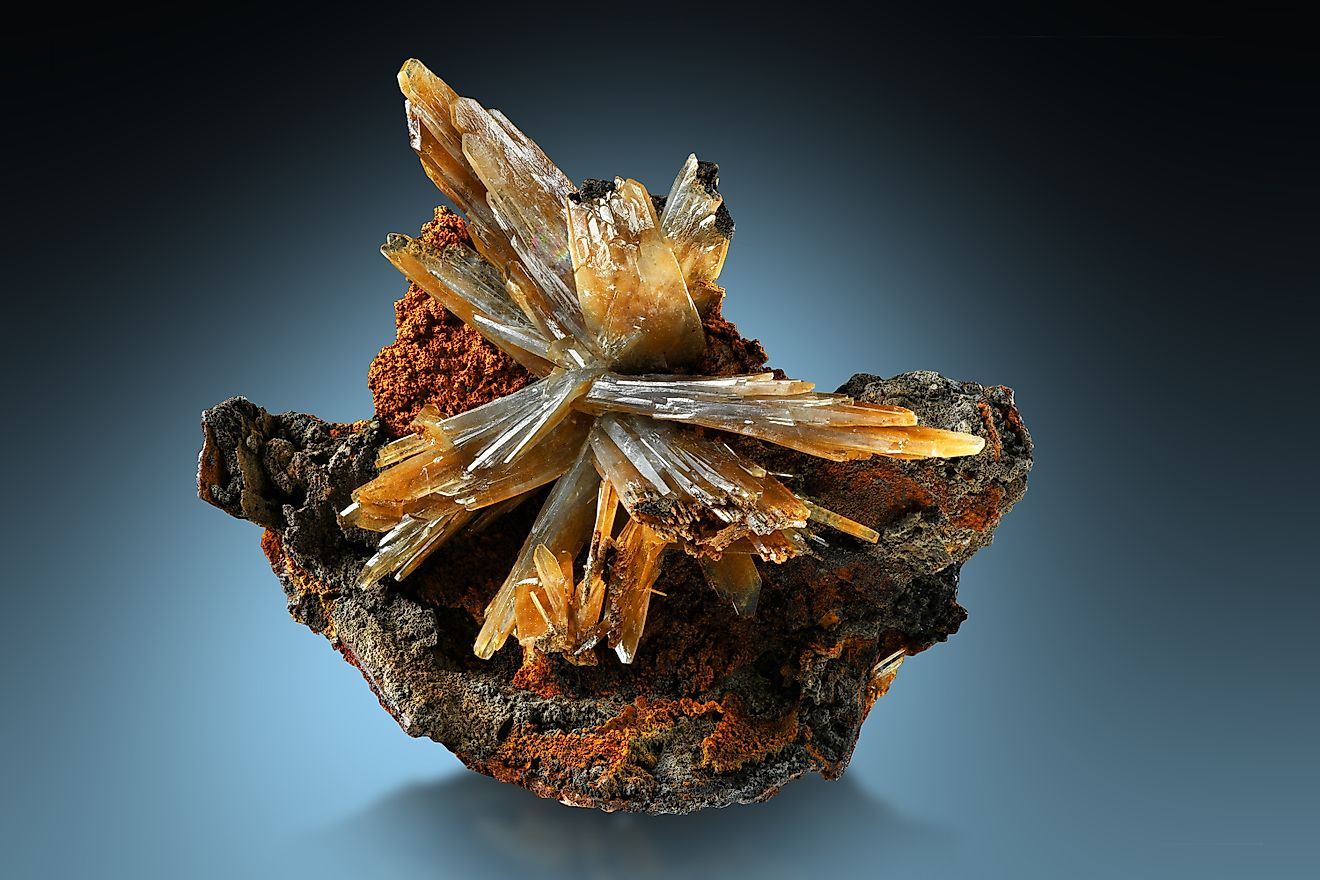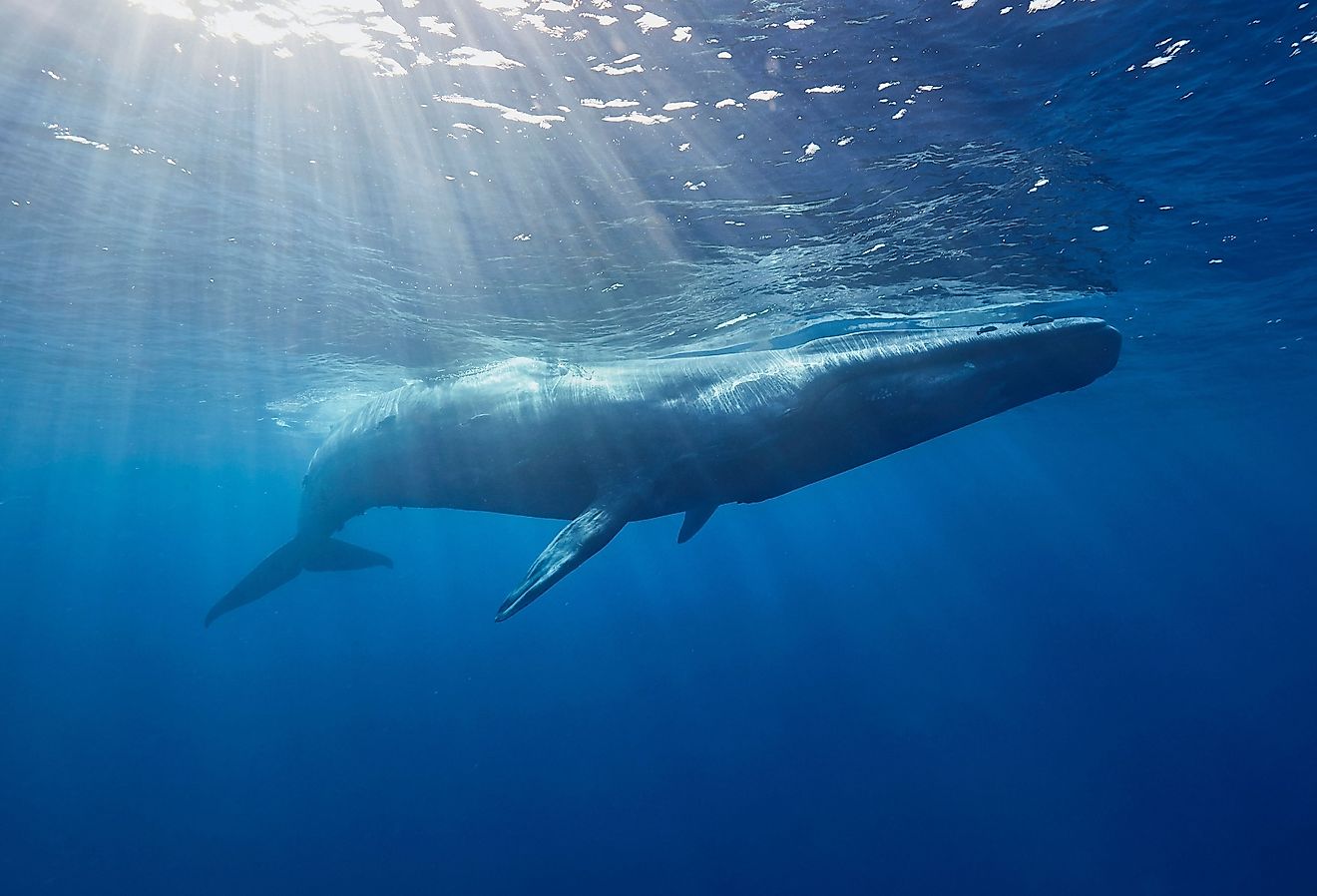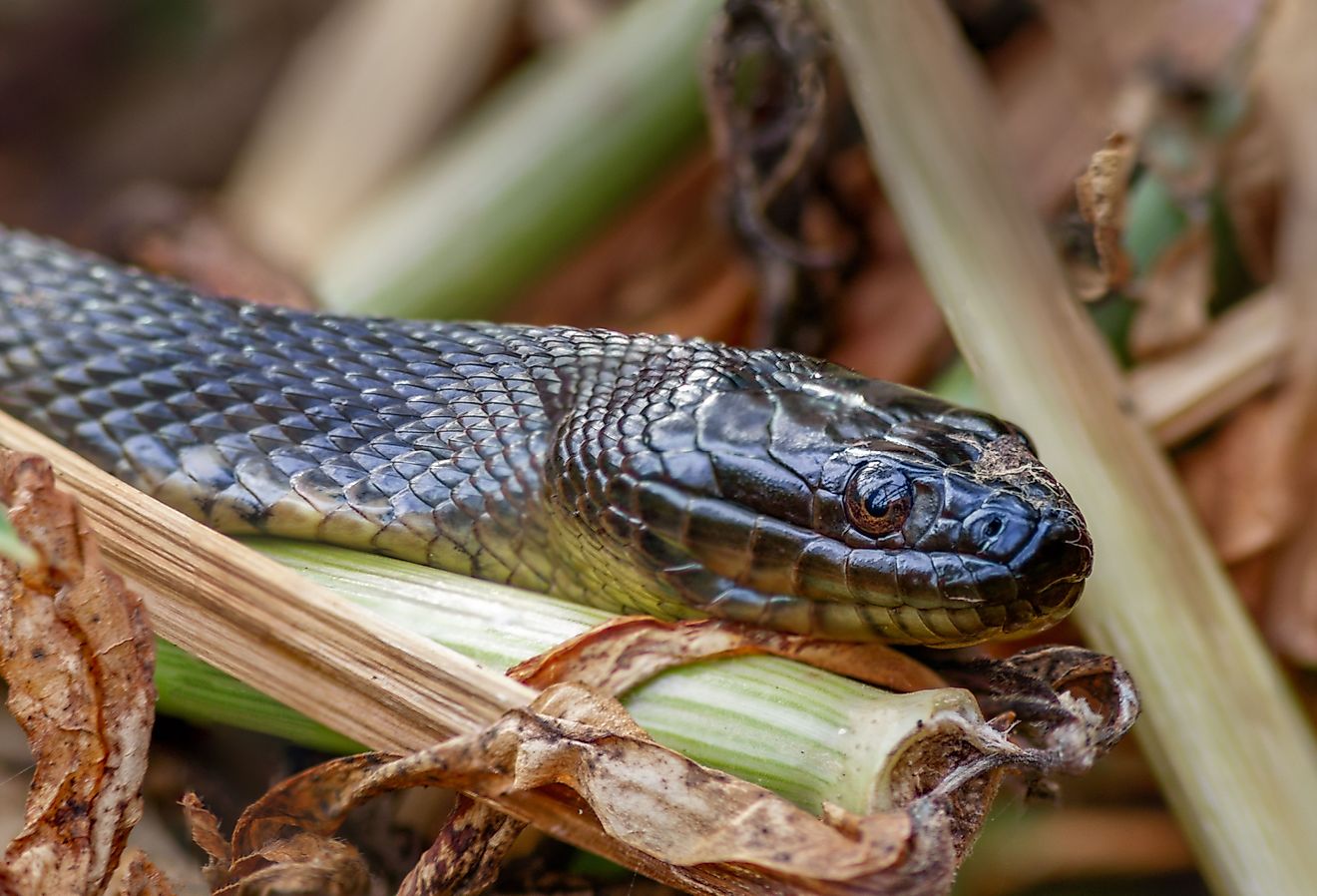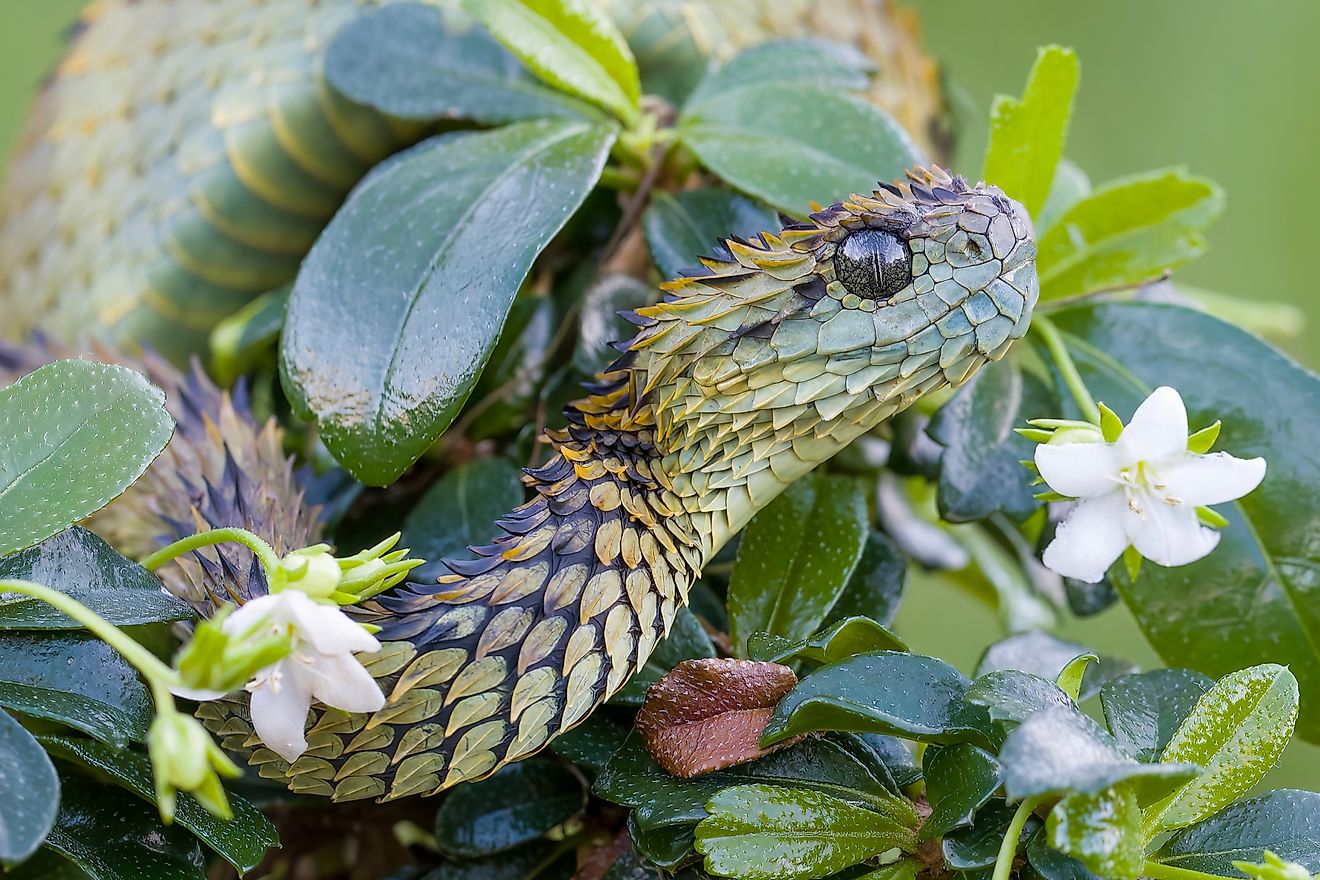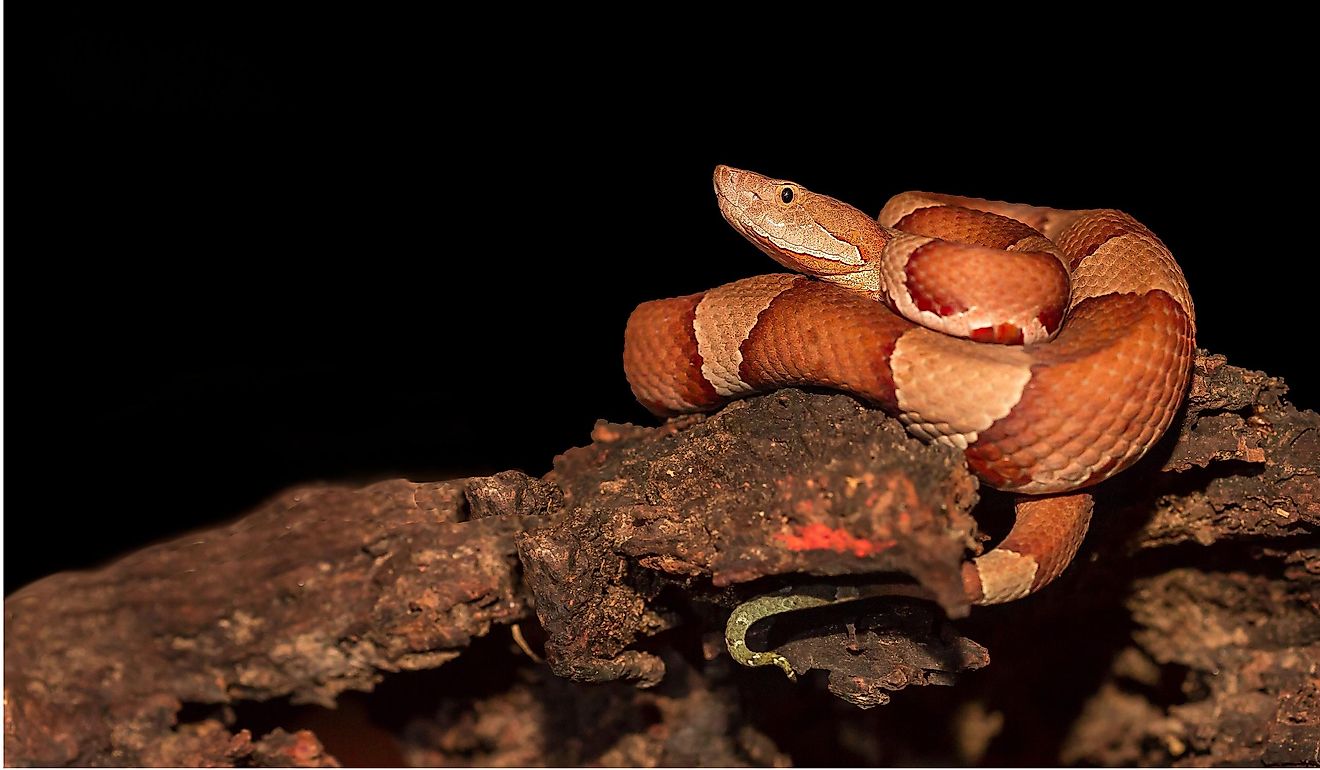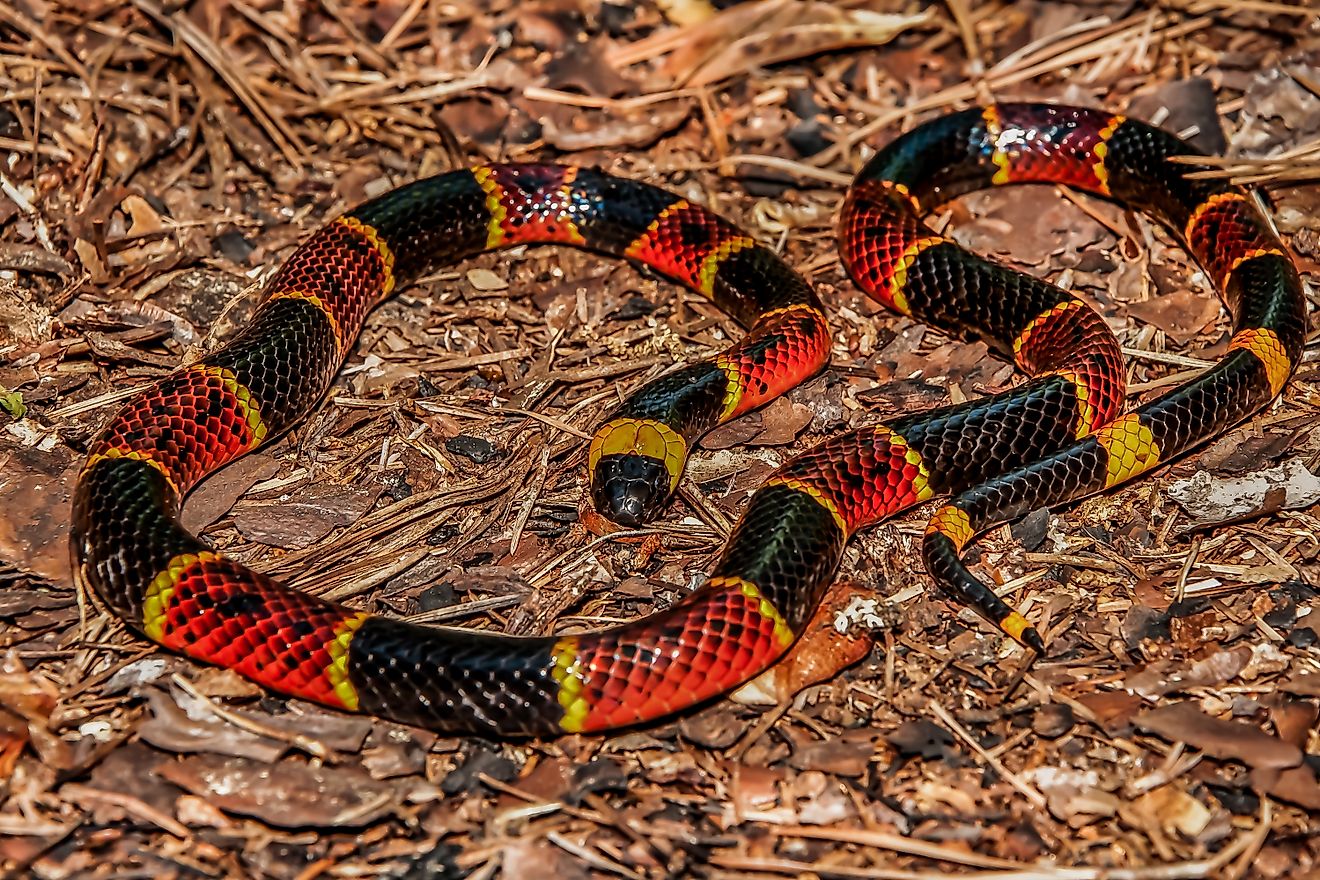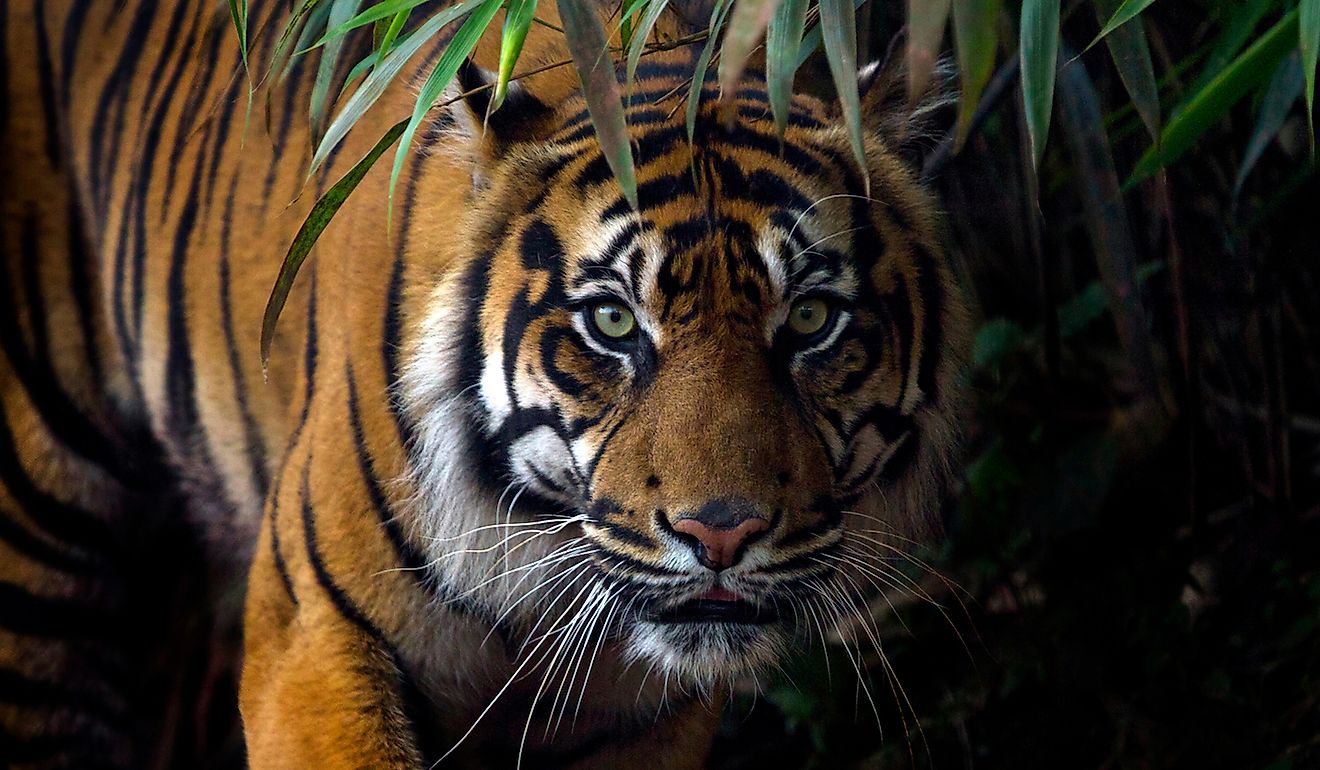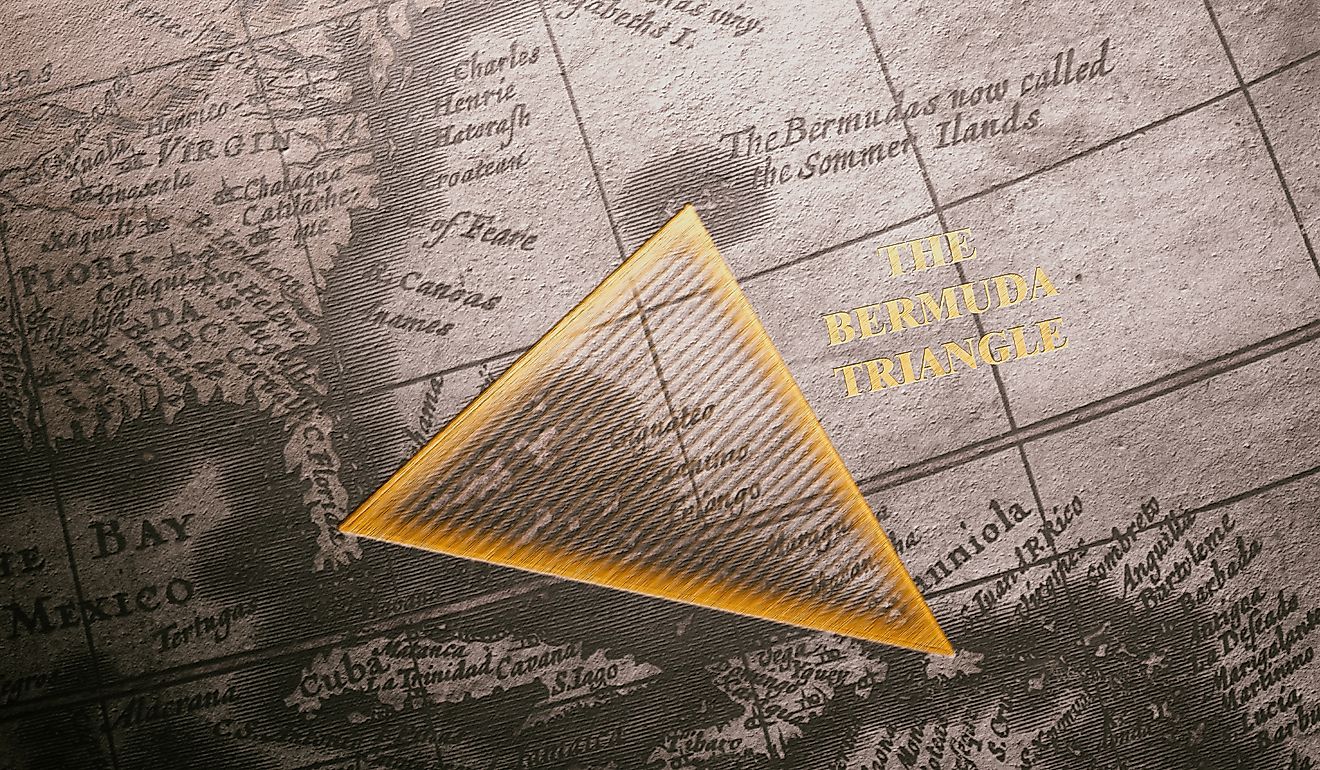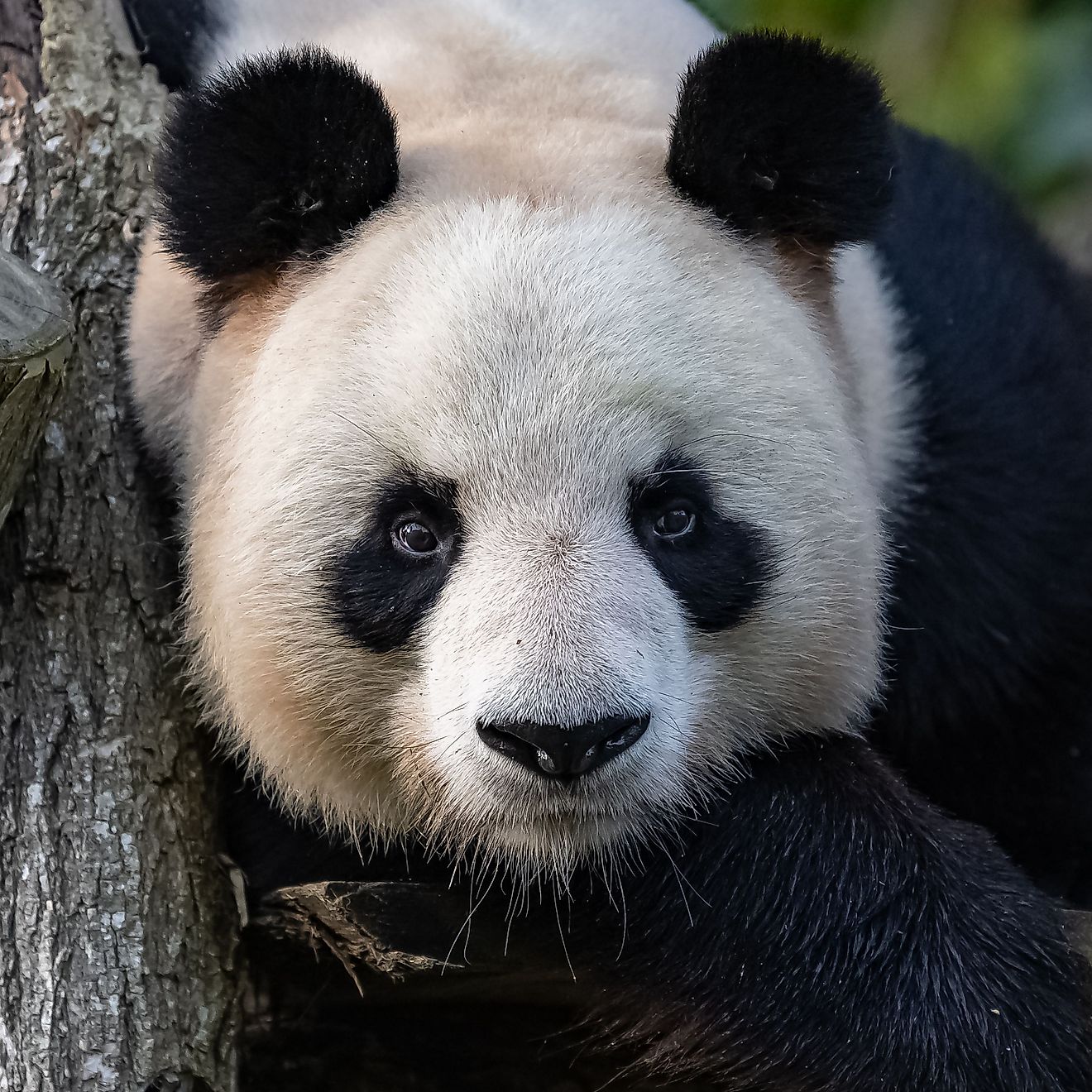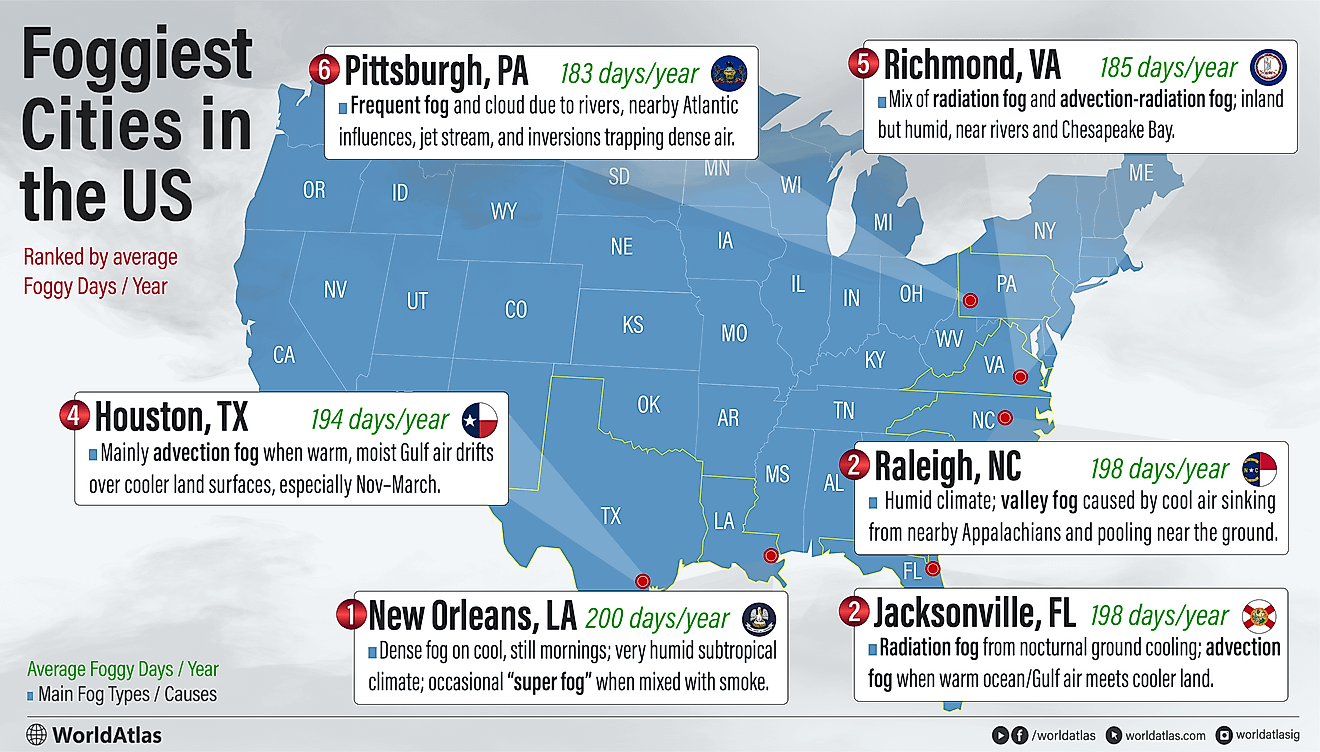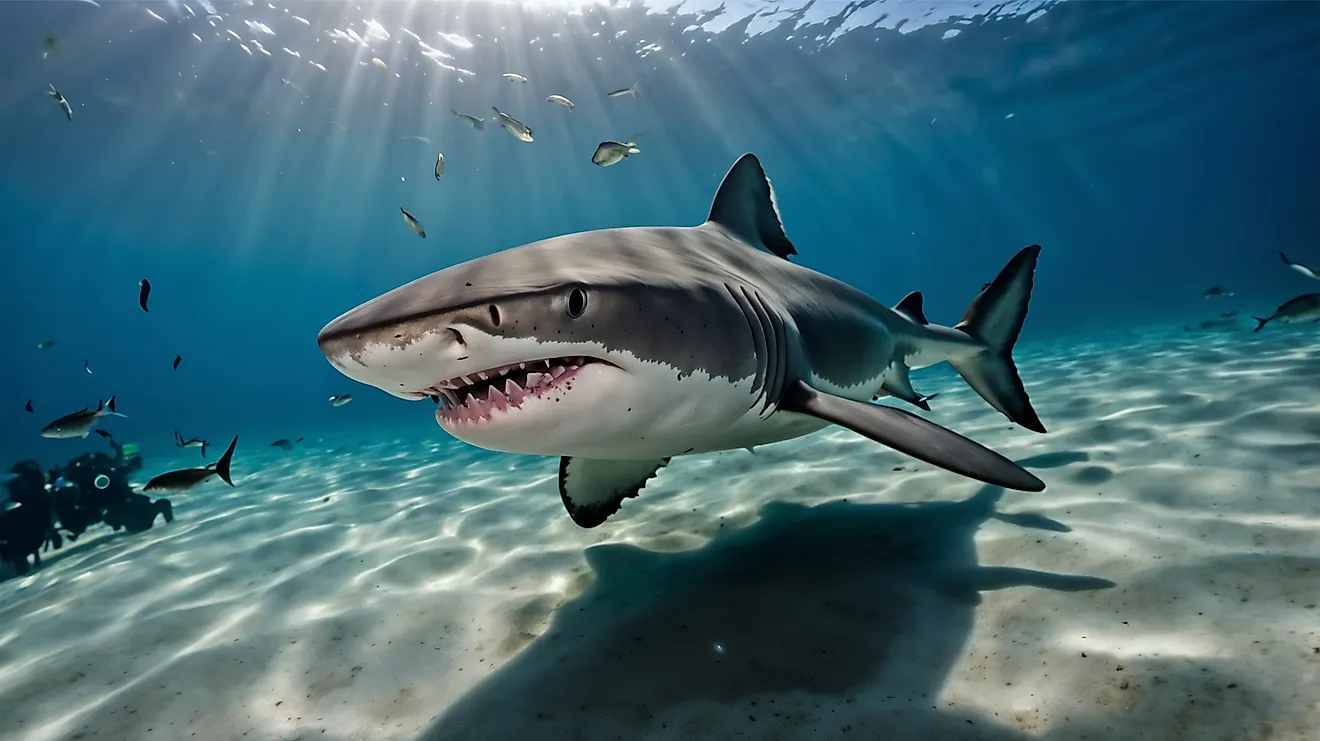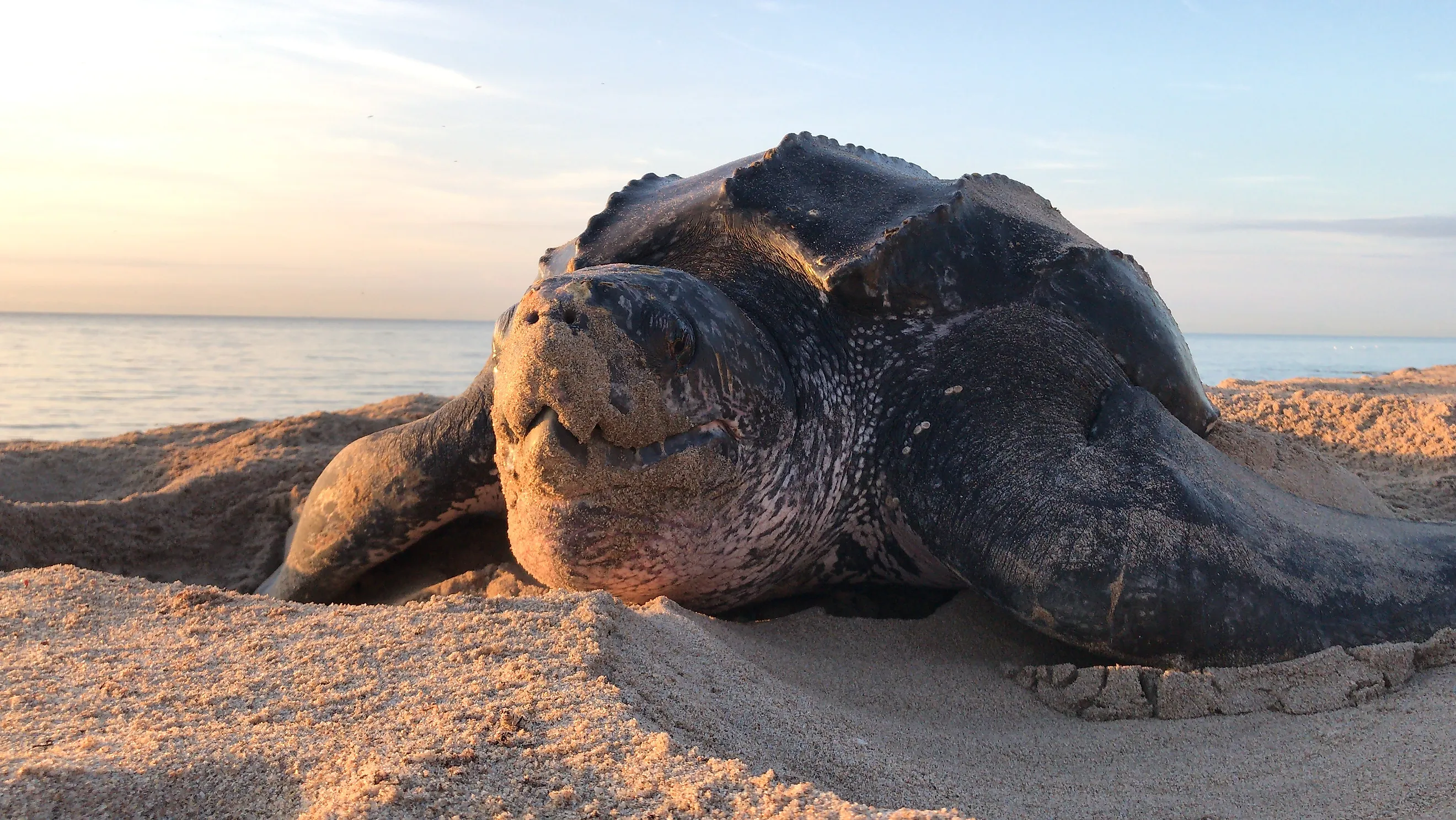
4 Endangered Animals Fighting For Survival In Louisiana
Louisiana is the land of Cajun cooking, jazz music, Mardi Gras celebrations, and dense swamps. It is in the swamps and backwoods of this state along the Gulf Coast that you can find lush vegetation and wildlife that rivals that of the Amazon rainforests. There are a variety of reptiles, amphibians, fish, and fowl that call Louisiana home, like the American alligator, the Louisiana black bear, and the Eastern tiger salamander. However, there are many species that are struggling to thrive. Here is a list of some of those animals and the work being done to keep them with us.
Kemp’s Ridley Sea Turtle (Lepidochelys kempii)
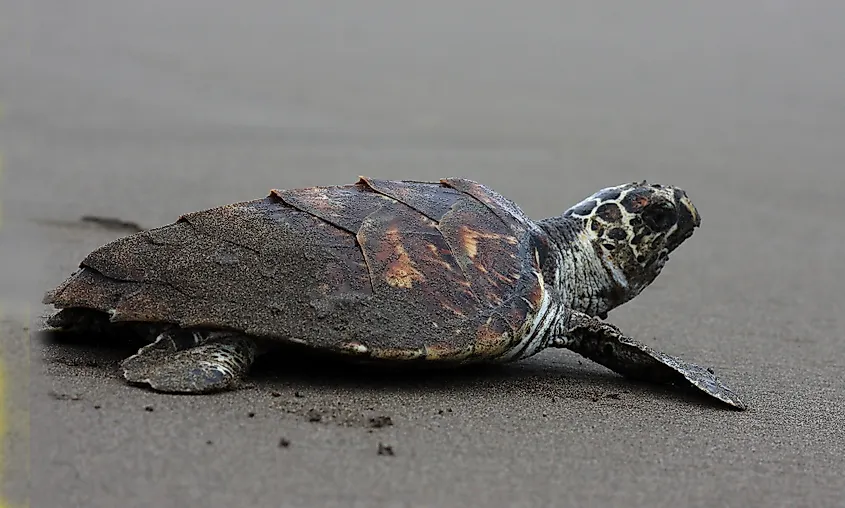
The Kemp’s ridley sea turtle, one of the smallest and most endangered of all sea turtles, inhabits the northern Gulf of Mexico along the coasts of Mexico and the United States. In Louisiana, they are most often spotted in coastal waters, bays, and passes, where adults feed on crabs and other bottom-dwelling invertebrates. These turtles, typically about two feet long and weighing between 70 and 100 pounds, have an olive-gray shell that’s nearly as wide as it is long and a triangular head with a hooked beak.
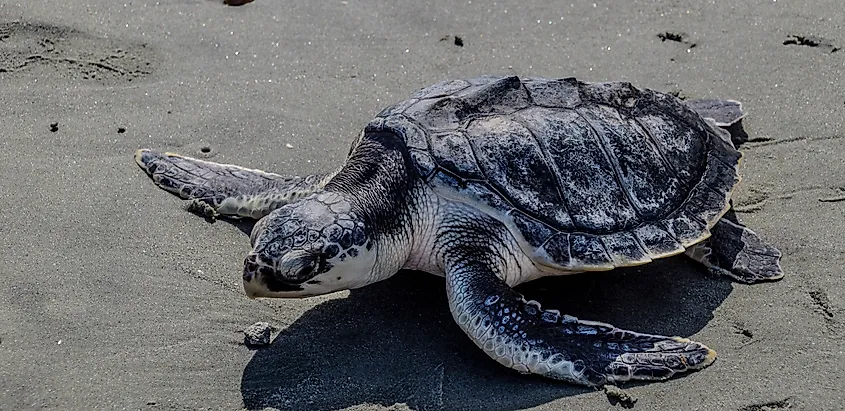
Once abundant, Kemp’s ridleys were nearly driven to extinction due to over-harvesting of nesting females and eggs, incidental capture in fishing gear, habitat loss, vessel strikes, and marine pollution. Conservation efforts have been extensive. The National Oceanic and Atmospheric Administration (NOAA), the U.S. Fish and Wildlife Service (USFWS), and Louisiana’s Department of Natural Resources coordinate beach protection, nesting patrols, nest relocations, hatchling releases, and bycatch-reduction programs, such as turtle excluder devices on shrimp trawls. Public education programs and coastal rehabilitation centers also play important roles. Thanks to these combined efforts, nesting numbers have begun to rebound, though the species remains at risk.
Leatherback Sea Turtle (Dermochelys coriacea)
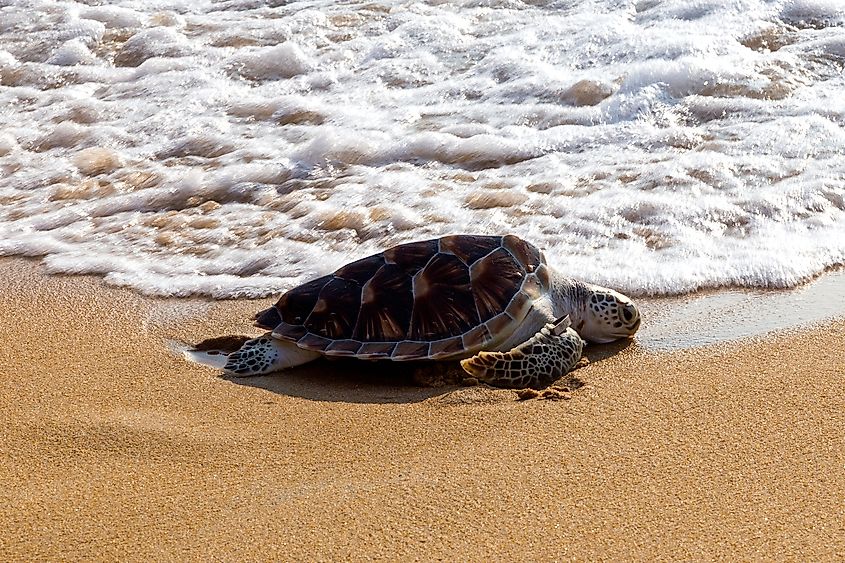
The leatherback sea turtle is the largest living turtle and one of the most wide-ranging marine species in the world. Reaching lengths of over six feet, leatherbacks differ from other sea turtles in that they have a flexible shell instead of hard scutes. Their dark, blotched carapaces help them blend into the open ocean, where they feed primarily on jellyfish. Although they are mostly pelagic, they occasionally forage in the Gulf waters off Louisiana.
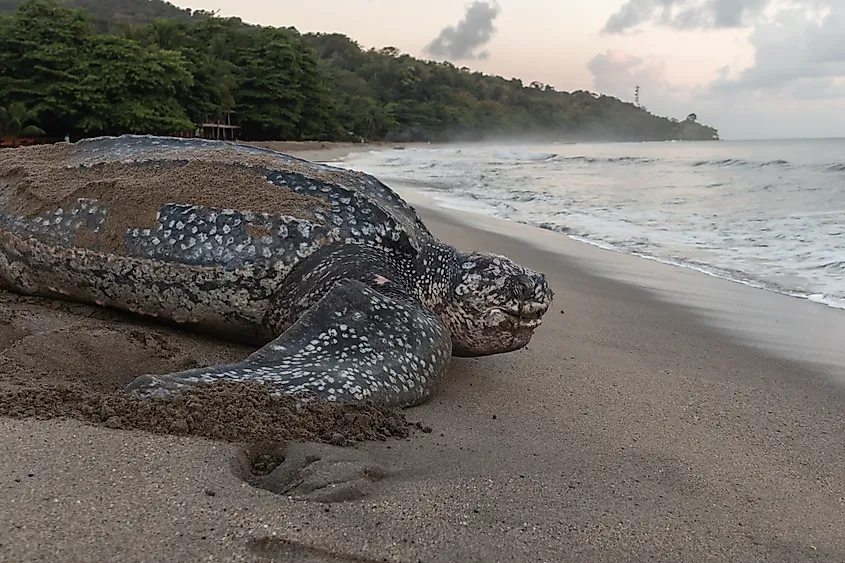
Leatherbacks face numerous threats, including bycatch in commercial fishing nets, ingestion of or entanglement in marine debris, especially plastic bags that resemble jellyfish, and the loss of nesting beaches. Climate change and ocean pollution have further disrupted their feeding and migration patterns. NOAA Fisheries in Louisiana and partner organizations monitor strandings and bycatch incidents, implement nest protections, and collaborate with fisheries to minimize accidental captures. Beach lighting ordinances and rehabilitation facilities in Gulf states also help protect nesting females and rescue injured turtles when strandings occur.
Louisiana Pearlshell Mussels (Margaritifera hembeli)
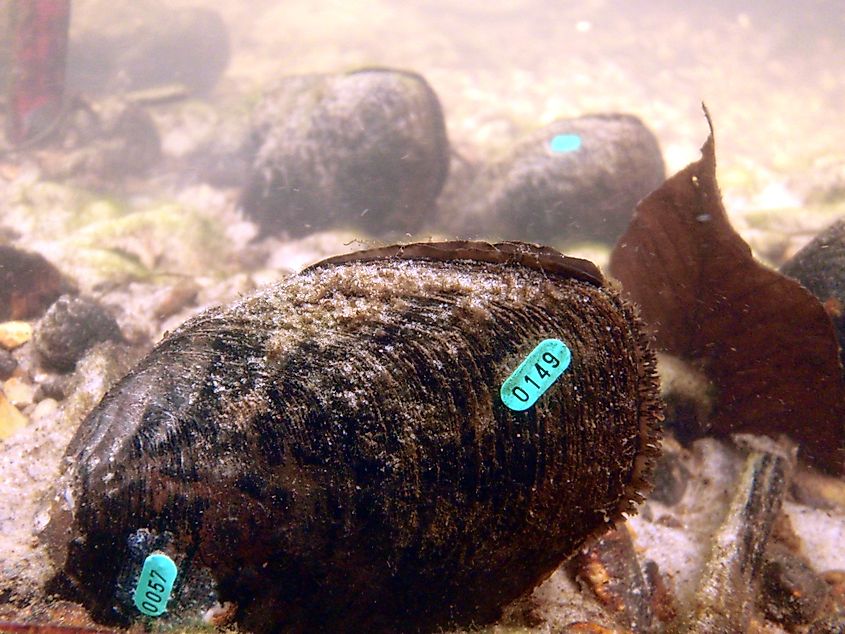
Found only in central Louisiana, the Louisiana pearlshell mussel has one of the most restricted ranges of any freshwater mussel in the United States. It inhabits small, clear streams with sandy or gravel bottoms and steady flows, where its larvae, called glochidia, depend on specific host fish species to develop. Adults grow up to four inches long, with thick shells and a pearly interior once prized for decorative use.
Because of its extremely limited range and low population, the species is highly sensitive to disturbance. Sedimentation, pollution, changes in stream flow from land development, and the loss of host fish have all contributed to its decline. The U.S. Fish and Wildlife Service and Louisiana’s Natural Resources Conservation Service have implemented a focused recovery plan that includes stream protection, riparian buffer restoration, and monitoring of host-fish relationships. Some conservation projects also explore captive propagation and relocation to stabilize remaining populations. These localized efforts are vital for preserving this rare mussel’s fragile ecosystem.
Gulf Sturgeon (Acipenser oxyrinchus desotoi)
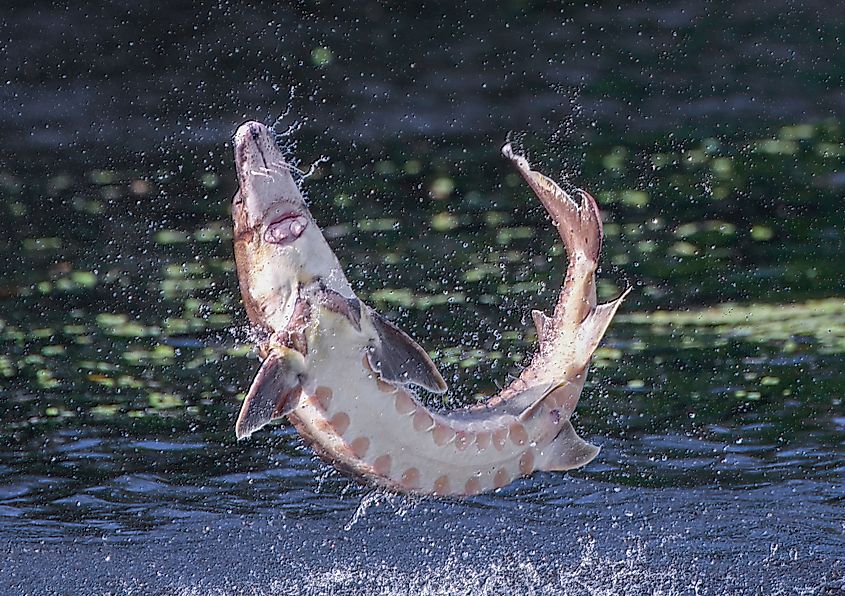
The Gulf sturgeon, a massive, ancient fish armored with bony plates, once thrived in Gulf Coast rivers. Today, it inhabits waterways such as the Pearl River and sometimes ventures into Lake Pontchartrain and adjacent coastal waters. These migratory fish spend winters in coastal and estuarine areas but return to large, free-flowing rivers each spring to spawn. Clean, unobstructed rivers are essential to their life cycle.
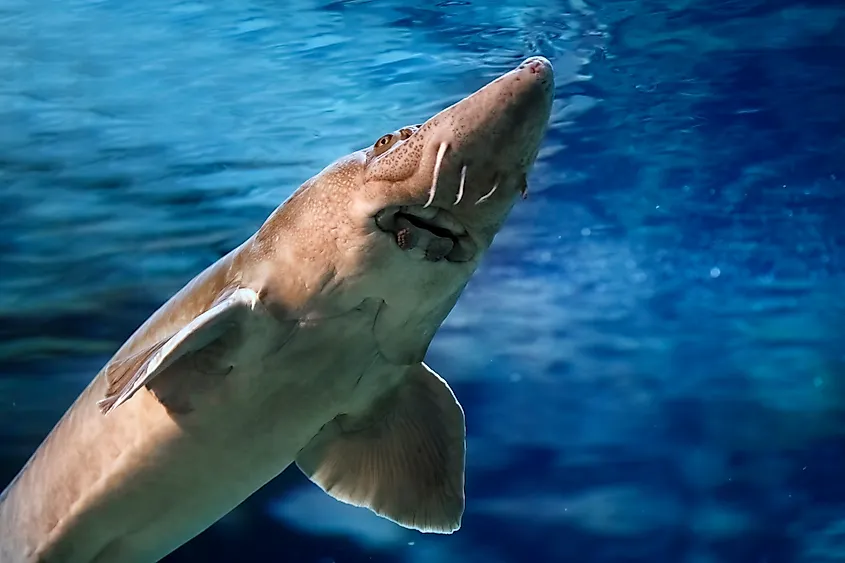
Historically overfished and impacted by dam construction that blocks spawning routes, Gulf sturgeon populations have suffered from habitat loss and declining water quality. Though now listed as threatened rather than endangered, their recovery remains fragile. NOAA Fisheries and the Louisiana Department of Wildlife and Fisheries have designated critical habitats, conducted tagging and monitoring studies, and introduced fish-passage and flow-management projects to improve spawning access. Collaborative work with commercial fisheries also helps reduce accidental catches. These combined actions aim to ensure that this prehistoric fish continues to swim through Louisiana’s waters.
The Future of Conservation in The Creole State
Louisiana is a hub for entertainment, food, and local traditions. The natural landscape and the wildlife that inhabit it are intertwined in the history and culture of the state, making it all the more important to keep them around for a long time to come. The work of coordinated efforts between federal and state agencies has made the protection of these species a priority, but much work still needs to be done as human and climate-related activities like overfishing and hurricanes threaten the Gulf Coast ecosystem. But for now, these creatures remind us of the beauty and delicacy of nature, and of our responsibility to protect it.
